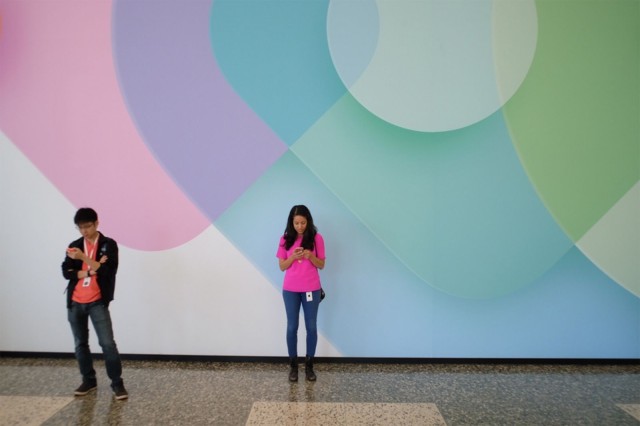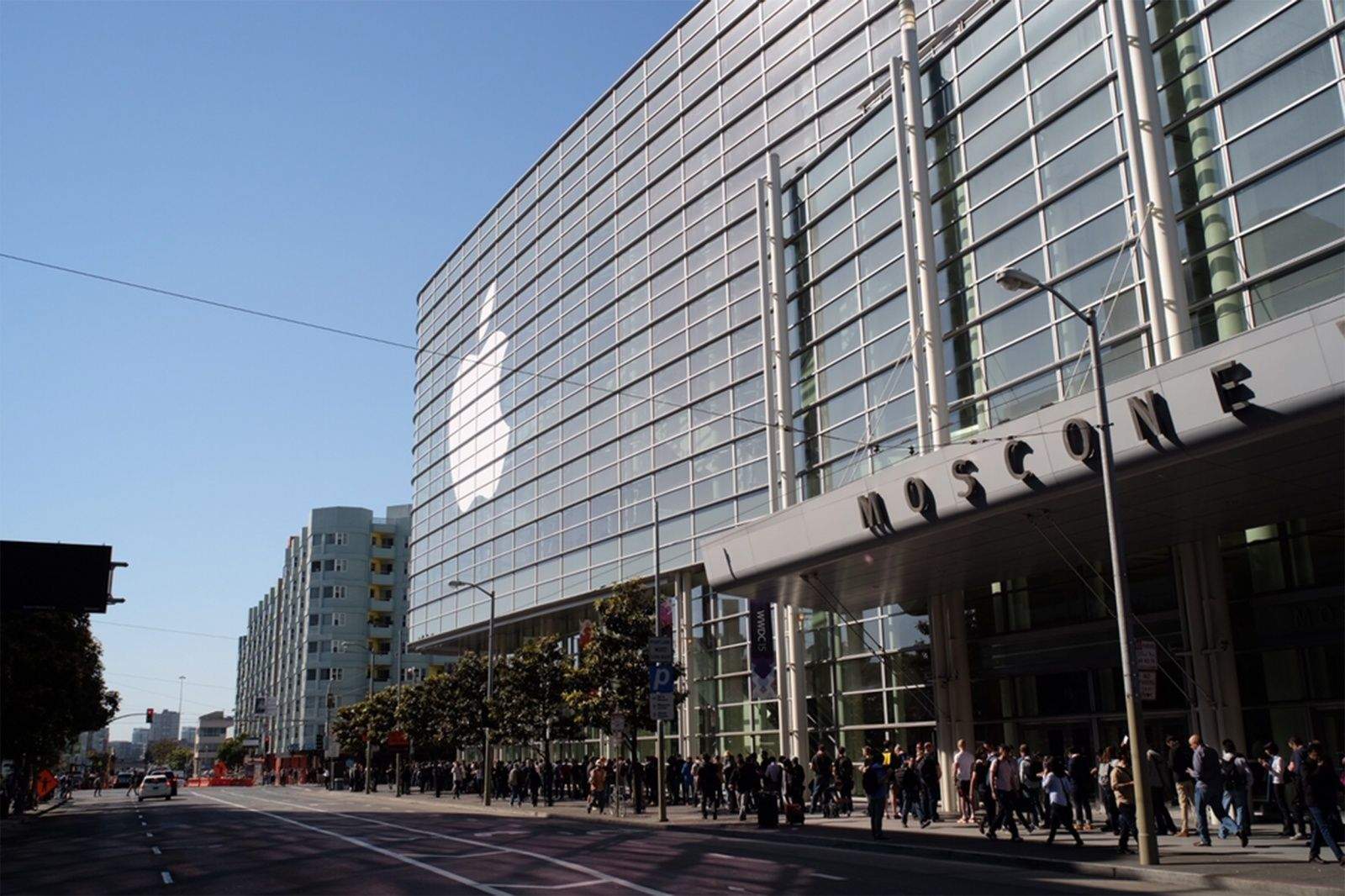Every other year Apple releases an “S” version of the iPhone. Later this year, we’ll see the iPhone 6s and 6s Plus. The “S” models generally deliver modest improvements — better cameras, better networking, faster chips. But the basic design remains the same. The “S” suffix means the same, but better.
And so it goes with this Monday’s Worldwide Developers Conference keynote. In terms of announcements of import, WWDC 2015’s kickoff was an “S” upgrade. It built on the spectacular announcements of last year, but didn’t break huge new ground.
And that’s OK. “S” upgrades are often underrated.

Photo: Jim Merithew/Cult of Mac
It’s a tall order to top last year’s conference, when there was a real sense of big plans being made. Apple laid the foundations for an ambitious future of mobile payments, health monitoring and the smart home. As we said at the time: “Apple’s trajectory is clear: It’s getting into some very big things.”
This year’s announcements were more prosaic, but they’ll have a big impact anyway.
Take all the machine intelligence added to iOS 9 and Siri. Stuff like personalized intelligent search has the potential to be a big game changer — if it works as well as Google Now, which is pretty great.
Siri, too, finally appears to be coming into its own. Apple’s AI has been learning in leaps and bounds, vastly improving its speech recognition. I’ve found it pretty reliable recently. It’s fast becoming the interface of choice for my Apple Watch.
No one gets very excited about new software features, but they have as big an impact on user experience as new hardware, if not more, because they are longer lasting.
Take, for example, the split-screen view in OS X El Capitan, which allows you to work in two apps side by side. I already do this on my Mac when I’m working in two different apps. I shrink the windows to take up half the screen and switch between them. It’ll soon be a lot easier, and I can see it being used a lot.
Likewise split-screen multitasking on the iPad; this will totally change how you work on iOS. Spotlight’s new deep search, which can surface info buried deep in apps without launching them, also has the potential to radically change how you do things.
Even small things, like guessing caller IDs for unknown numbers (the system will base its guesses on numbers found in email, for example) will make the experience so much better — fewer mystery calls. The new battery-saving tech in iOS 9 is totally boring, but there’ll be occasions when you’re glad it’s there.
Of course, there is some big stuff too. The Apple Watch’s native apps are a big deal. This will turn the Watch into a true standalone device, leading to better software and new functionality.
The new Apple Music app looks pretty great too. And I have high, high hopes for Beats 1 radio.
A lot of the things Apple announced this week were incremental upgrades. But that’s OK, because this is exactly how Apple works. Apple has a reputation for sparking revolutions, for making big breakthroughs, but the company’s real MO is making smaller, incremental upgrades.
That slow, steady drumbeat of making things better really advances technology as much as the big occasional breakthroughs. I’ll take it all.


